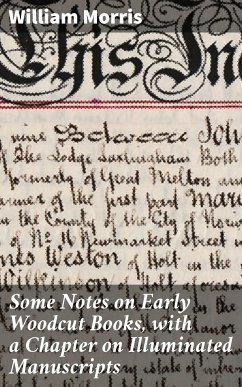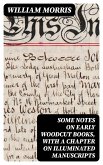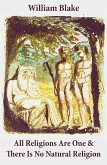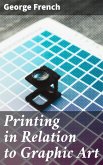In "Some Notes on Early Woodcut Books, with a Chapter on Illuminated Manuscripts," William Morris delves into the intricate world of early printing techniques, emphasizing the aesthetic and historical significance of woodcut illustrations and illuminated manuscripts. Written in an elegant and accessible style, this work merges art criticism with bibliographical scholarship, exploring the visual and textual interplay that defines these early works. Morris meticulously examines the evolution of print technology and its impact on book design, contributing to a burgeoning field of interest in the arts and crafts movement while providing a platform for discussions on artistic integrity and craftsmanship in an era overshadowed by industrialization. William Morris, a prominent figure in the Arts and Crafts Movement, was deeply influenced by a lifelong passion for medieval art and literature. His scholarly pursuits were fueled by a desire to revive traditional craftsmanship in a world increasingly dominated by mechanization. Morris'Äôs expertise in textile design and architecture enriched his understanding of printing and bookmaking, leading him to advocate for the preservation and appreciation of the book as both an art form and a vessel of knowledge. This book is essential for anyone intrigued by the intersection of art and literature, offering both a scholarly perspective and a passionate defense of the artistry in early printing. Morris's insights serve not only as a historical overview but also as a call to recognize the value of handmade objects in an age of mass production. Readers will find themselves inspired to explore the depths of artistic heritage that continue to shape our understanding of literature and visuals.
Dieser Download kann aus rechtlichen Gründen nur mit Rechnungsadresse in A, B, BG, CY, CZ, D, DK, EW, E, FIN, F, GR, H, IRL, I, LT, L, LR, M, NL, PL, P, R, S, SLO, SK ausgeliefert werden.
Hinweis: Dieser Artikel kann nur an eine deutsche Lieferadresse ausgeliefert werden.









